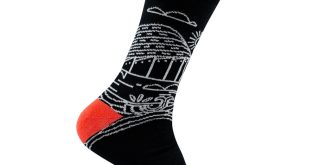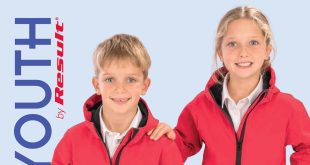
For anyone considering getting involved in embroidery production there is a huge choice of machine types and manufacturers.
If it is a new business where you have no idea of the potential then deciding on which machine to purchase can be a daunting prospect. Taking a decision to invest in a multi-head machine with its large capital cost can be a mistake if you end up with single garment orders. A four-head machine with three heads not working is not a very economical way to work.
Often the better decision is to initially invest in a single head machine and then add further heads as the business grows. This can have significant benefits as initially you preserve your cash (single head machines are a lot cheaper than multi-head units) when cash is inevitably tight. You are also able to test the market to see what kind of response you get from your customers to this new offering.
If this response is good, you can simply and easily add further machines, one at a time, to meet the increased demand. Most single head machines are easily portable so allow you to adapt your workspace as demand increases, and it is quite possible to run them in parallel with DTG printing or vinyl transfers, with one operator using both pieces of equipment.
A hidden benefit of the single head production model, often unstated by retailers of the multi-head machines (for example a four-head), is the productivity increase available. With a multi-head machine, if a thread on one of the heads was to break all heads stop. This means there is no production on each of four heads until the needle is rethreaded and the machine is restarted. On four single head machines in a similar situation then only one head stops working, the other three continue stitching.
A further benefit is at changeover of hoops, much less time is lost. On the multi-head machine, production stops, each of four stitched garments are unloaded, each of four new garments are loaded and then the machine can be started. If we accept that it takes around 20 seconds to unload each garment this is 80 seconds, then 20 seconds to reload, that is a further 80 seconds, then the entire four heads have been idle for 160 seconds. A total of 640 seconds of head running time is lost
On four single head machines, assuming a staggered loading, then each head takes 20 seconds to unload and a further 20 seconds to reload. Once this is done that head can be restarted. That is 40 seconds of head running time lost. When the next head stops the process is repeated and so on. In total there is only down time of 160 seconds and all four heads are working again.
A final benefit is that if a machine was to stop working, with the multi-head machine all productivity is lost, with the single head machines only 25% of productivity is lost, and the business can meet all orders with just a little overtime.
J & B Sewing Machine Co supplies Brother PR-670 and PR-1050X single head machines throughout the UK and provide full installation and training with every purchase.
 Printwear & Promotion The Total Promotional Package
Printwear & Promotion The Total Promotional Package




